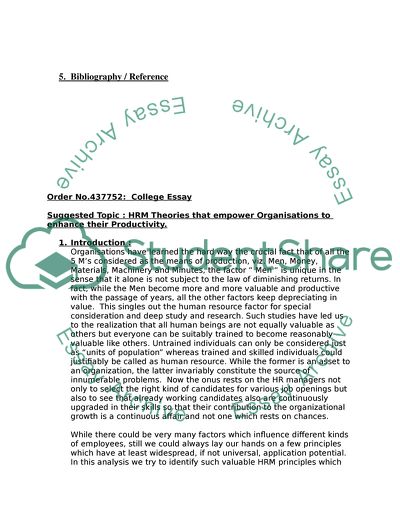Cite this document
(Positive Impact of HR Practices on Firms Performance Case Study, n.d.)
Positive Impact of HR Practices on Firms Performance Case Study. Retrieved from https://studentshare.org/human-resources/1737330-degree-essay
Positive Impact of HR Practices on Firms Performance Case Study. Retrieved from https://studentshare.org/human-resources/1737330-degree-essay
(Positive Impact of HR Practices on Firms Performance Case Study)
Positive Impact of HR Practices on Firms Performance Case Study. https://studentshare.org/human-resources/1737330-degree-essay.
Positive Impact of HR Practices on Firms Performance Case Study. https://studentshare.org/human-resources/1737330-degree-essay.
“Positive Impact of HR Practices on Firms Performance Case Study”, n.d. https://studentshare.org/human-resources/1737330-degree-essay.


